
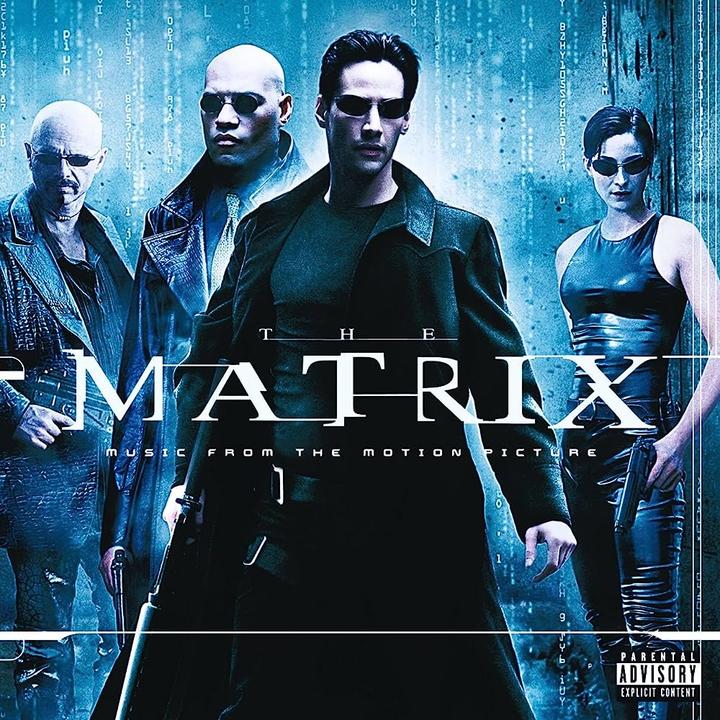
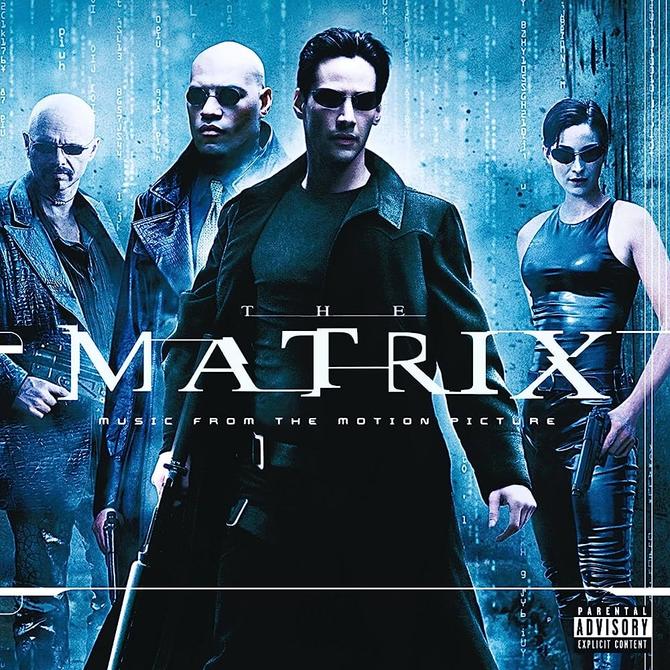
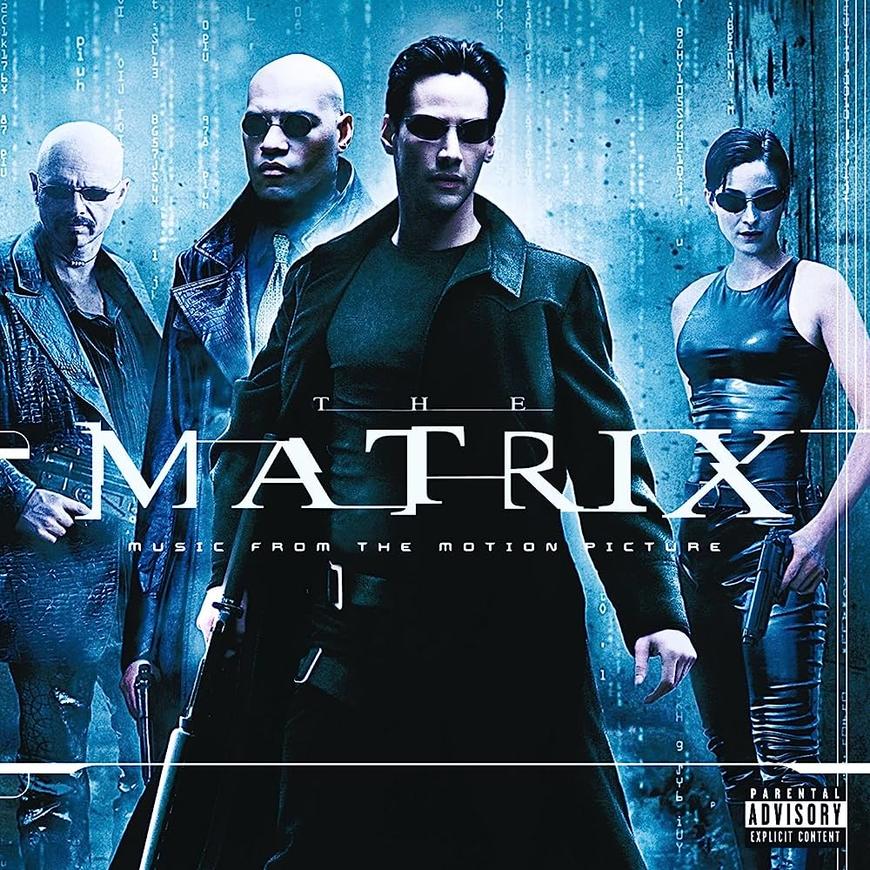
I. Plot Analysis and Philosophical Context:
The Matrix tetralogy presents a complex and thought-provoking plot that revolves around the concept of a simulated reality. The films explore philosophical and ethical themes, challenging the nature of reality, free will, and the power of choice. The central premise of humans trapped in a computer-generated world controlled by machines raises questions about identity, perception, and the meaning of existence. The Matrix series draws inspiration from philosophical concepts such as Plato's Allegory of the Cave, Descartes' skepticism, and Baudrillard's simulacra and simulation theory. These philosophical underpinnings provide a rich foundation for the narrative, encouraging audiences to question their own reality and contemplate the boundaries of human consciousness.
II. Comparison and Contrast of Each Part:
a. The Matrix: The first film introduces the audience to the Matrix's dystopian world and its protagonist, Neo. The plot focuses on Neo's awakening and his journey towards becoming "The One" who can challenge the Matrix's control.
b. The Matrix Reloaded: The second film expands the scope of the story, delving deeper into the philosophical concepts introduced in the first film. The plot explores the Oracle's prophecies, the existence of multiple matrices, and the concept of choice and causality.
c. The Matrix Revolutions: The third film brings the plot to a climax, emphasizing the final confrontation between humans and machines. It explores themes of sacrifice, redemption, and the reconciliation of opposing forces, offering a resolution to Neo's story arc.
d. The Matrix Resurrections: The latest installment challenges the boundaries of reality and perception. It explores the cyclical nature of the Matrix, the power of nostalgia, and the consequences of choice. The plot subverts expectations and examines the impact of love and human connection on the characters' journeys.
III. Visual Effects and Cinematic Aspects:
The Matrix series revolutionized the use of computer-generated imagery (CGI) in filmmaking. Each film showcases groundbreaking visual effects, with the iconic "bullet time" sequences, gravity-defying action, and highly choreographed fight scenes. The films strike a balance between practical effects and CGI, creating a seamless blend that enhances the futuristic atmosphere of the Matrix. The visual effects play a crucial role in conveying the simulated reality and the characters' extraordinary abilities, contributing to the immersive and visually stunning cinematic experience.
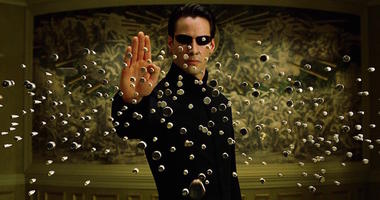
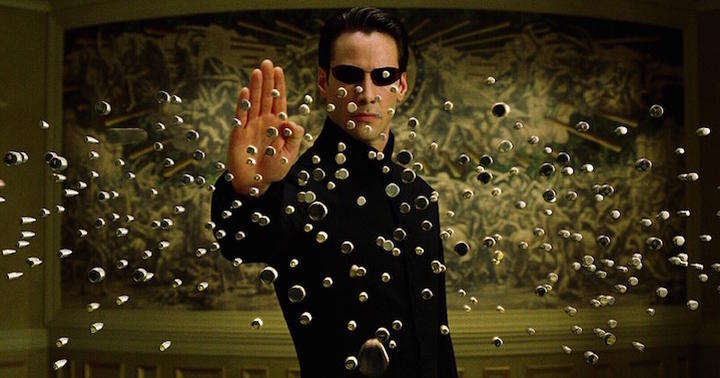
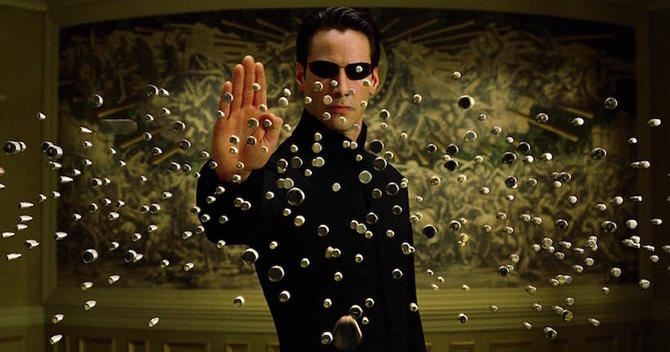
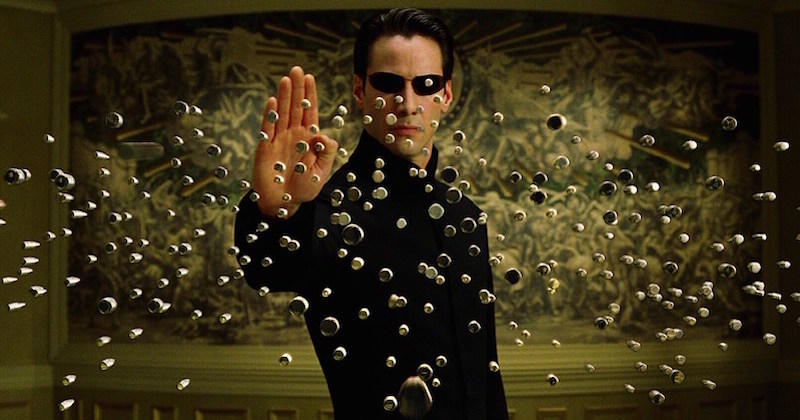
IV. Love Story in the Matrix:
The Matrix series weaves a complex love story between Neo and Trinity. Their relationship transcends the boundaries of the Matrix, symbolizing the power of love as a catalyst for change and liberation. Their connection serves as a driving force for Neo's journey, inspiring his belief in himself and his ability to challenge the status quo. The love story explores themes of destiny, sacrifice, and the transformative nature of human connection, highlighting the profound impact of emotions and personal relationships in a dystopian world.
V. Cinematic and Literary Aspects:
The Matrix series combines cinematic techniques with literary references, creating a layered narrative experience. The films draw inspiration from a range of sources, including cyberpunk literature, religious symbolism, and classic philosophical texts. The visual storytelling, striking imagery, and distinctive color palette contribute to the films' unique aesthetic and atmosphere. The Matrix employs narrative structures and motifs found in mythological and heroic narratives, providing audiences with a blend of action, philosophy, and introspection.
VI. Character Analysis:
Neo (Thomas Anderson): Neo undergoes a profound transformation throughout the series, evolving from a disillusioned hacker into the messianic figure known as "The One." His journey represents the classic hero's journey, filled with self-discovery, doubt, and the realization of his true potential.
Trinity: Trinity is a strong and skilled warrior who plays a pivotal role in Neo's journey. Her unwavering loyalty, intelligence, and combat prowess make her an essential ally and love interest. Trinity represents determination, sacrifice, and the embodiment of love's power.
Morpheus: Morpheus serves as Neo's mentor, guiding him on his path to self-realization. He embodies wisdom, faith, and the conviction to challenge the status quo. Morpheus acts as a symbol of resistance and represents the quest for truth and freedom.
Agent Smith: Agent Smith serves as the primary antagonist, representing the oppressive system of the Matrix. He evolves throughout the series, becoming a powerful adversary who challenges Neo's beliefs and motivations. Agent Smith embodies the limitations and destructive nature of control.
The Oracle: The Oracle serves as a mysterious and prophetic figure, offering guidance and insights into the nature of the Matrix. She challenges notions of fate, choice, and the true nature of reality. The Oracle represents wisdom, foresight, and the inherent ambiguity within the Matrix.
VII. Revolutionary Role of the First Movie and Legacy:
The first Matrix film, released in 1999, revolutionized filmmaking, introducing innovative visual effects, philosophical depth, and a fresh narrative approach. Its success marked a turning point in the science fiction genre, inspiring subsequent films, video games, and cultural discussions on reality and consciousness. The Matrix challenged the boundaries of what was possible in cinema, paving the way for visually groundbreaking films. Its legacy lies in its ability to captivate audiences with its intricate plot, philosophical ideas, and immersive cinematic experience. The Matrix continues to be celebrated for its cultural impact, thought-provoking concepts, and its influence on subsequent works exploring similar themes.
Conclusion:
The Matrix tetralogy offers a complex and thought-provoking exploration of reality, choice, and the power of love. With its philosophical context, groundbreaking visual effects, intricate plotlines, and compelling characters, the series has secured its place in cinematic history. The first Matrix film's revolutionary role set the stage for subsequent installments, which continued to challenge the boundaries of storytelling and visual effects. The Matrix's legacy lies in its enduring impact on popular culture, inspiring discussions on philosophy, technology, and the nature of human existence. Its themes and imagery continue to resonate with audiences, solidifying its position as a timeless and influential cinematic masterpiece.